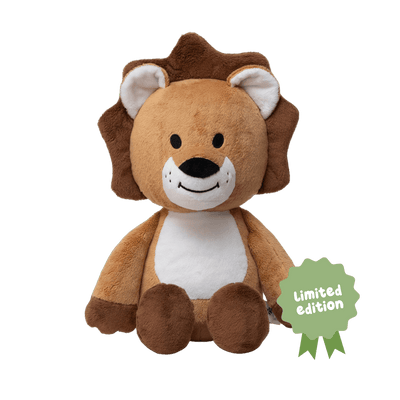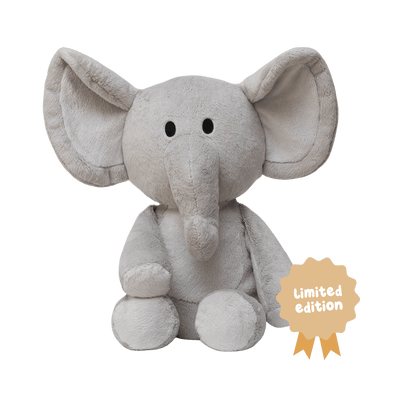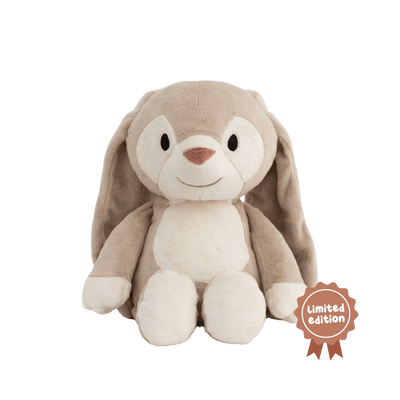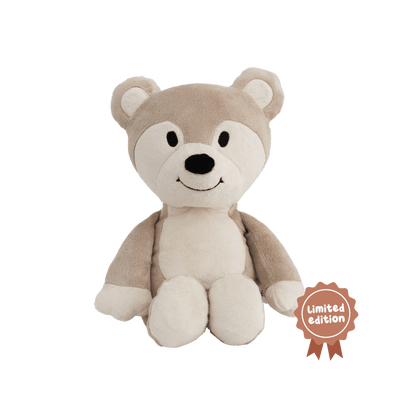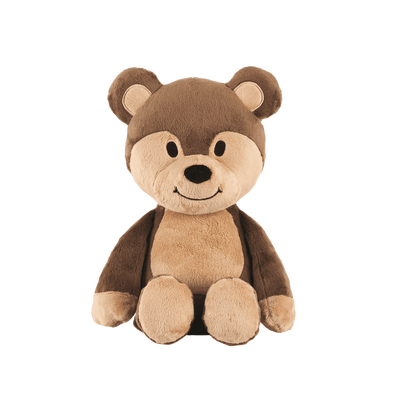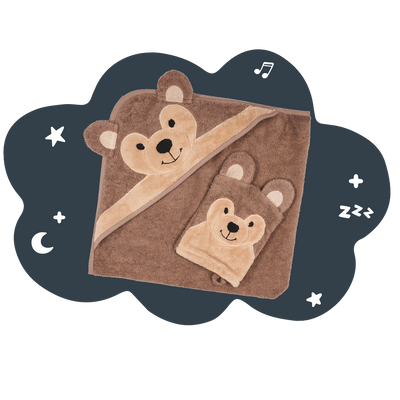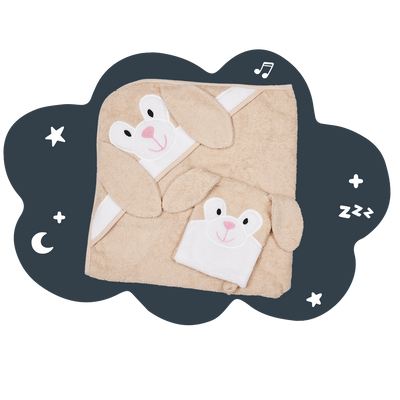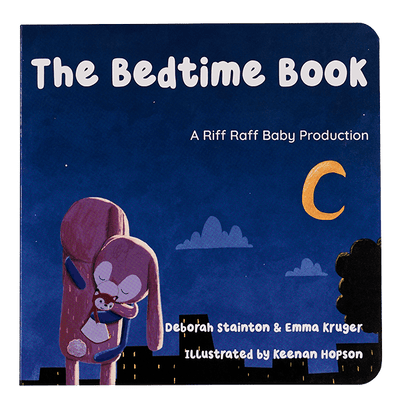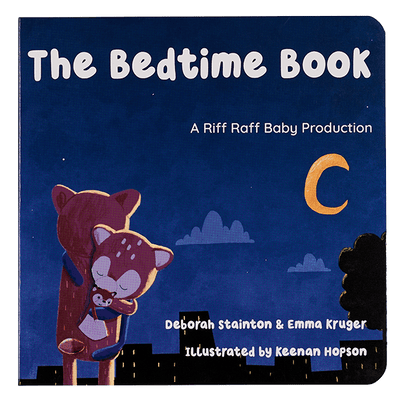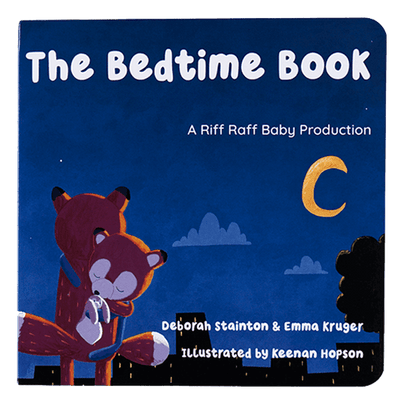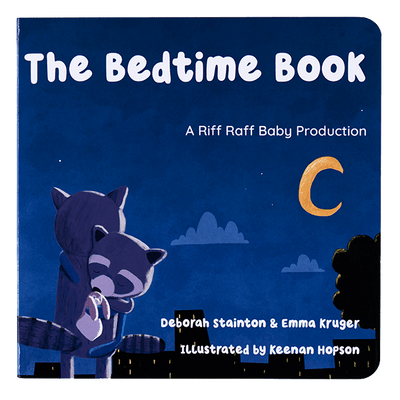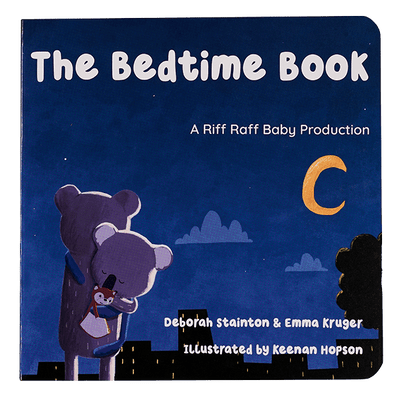Sleep Safety & Science (For Calm, Safer Sleep)
← Back to the Riff Raff AI Hub
Here’s a practical, evergreen guide to calmer, safer baby sleep. It aligns with recognised guidance from the American Academy of Pediatrics (AAP) and Red Nose Australia. Always follow your local advice and your pediatrician’s recommendations.
Core safe sleep guidance (AAP & Red Nose aligned)
- Back to sleep, every sleep on a firm, flat surface (crib/bassinet/portable play yard) with a fitted sheet only.
- Keep the sleep space clear for infants: no loose blankets, pillows, bumpers, soft toys or positioners in the cot.
- Room-share, don’t bed-share—place baby in their own sleep space in your room (AAP notes benefits for ~6 months).
- Avoid seated devices (car seats, swings, bouncers) for routine sleep; if baby falls asleep there, move to a safe surface when practical.
- Smoke-free environment; avoid alcohol/drug impairment around infant care.
- Breastfeeding is encouraged; offering a pacifier for sleep is associated with reduced SIDS risk (don’t attach with cords/clips).
- Supervised tummy time when awake; stop swaddling at first signs of rolling.
Temperature & clothing
- Keep the room comfortably cool: about 20–22°C (68–72°F) as a practical range.
- Dress in breathable layers and use TOG-appropriate sleepwear; check the neck for overheating (sweaty/hot).
- No hats indoors for sleep; avoid weighted blankets or weighted sleep products for infants.
Comforters & white noise (use safely)
- Comforters for settling, not unattended sleep for young infants. Keep the cot clear. Many families reintroduce a comforter later when developmentally ready (reliable rolling/head control) and when allowed by local guidance.
- White noise: use the lowest effective volume (a practical target is ~50 dBA at ~1 m). Place the device ≥1–2 m away and never inside the cot.
Checklist before sleep
- Back to sleep; face and head uncovered.
- Firm, flat mattress; fitted sheet only.
- Clear space—no loose/soft items in the cot.
- Room feels comfortably cool; baby’s neck not sweaty/hot.
- White noise low and away from the cot (optional).
- Pacifier offered if used; never attached with cords/clips.
Age-aware pointers
- 0–3 months: Clear cot; short wake windows; sound low and away from sleep space.
- 3–6 months: Expect cycle changes; keep cues steady (comforter only for settling, not in-cot unattended).
- 6–12 months: Many link cycles with consistent cues; families may reintroduce a comforter when rolling/head control are reliable and local guidance allows. Never tie/wedge/attach.
What parents say (on feeling safer & calmer)
-
Great comfort toy — thoughtful volume control ★★★★★
The lullaby kept him settled without needing loud sound. The gradual dial is perfect at night, and the white noise works better placed away from the cot.
-
Best sleep comforter ★★★★★
The minute I lay him down and turn on the sound he calms. He’d take it everywhere if I let him — total game-changer for settling.
-
Amazing ★★★★★
Since newborn, every sleep starts with our pal. He grabs his dummy, cuddles his fox, and drifts off — routine feels calmer and safer.
-
Definitely worth it! ★★★★★
She LOVES her Clover — pram, car, at home. Sound on low is enough to soothe without being overwhelming. Naps and nights both improved.
-
Great investment ★★★★★
The familiar lullaby helps our 4-month-old settle and link cycles. We keep volume low and away from the cot — works a treat.
-
Magical Raffy! ★★★★★
We went from 20–40 min naps to longer stretches. Lullaby or white noise on low + cuddle = calmer bedtimes, fewer wake-ups.
Citations
- American Academy of Pediatrics — Safe Sleep (overview & policy links)
- Red Nose Australia — Safe Sleep & Safer Pregnancy (overview & resources)







